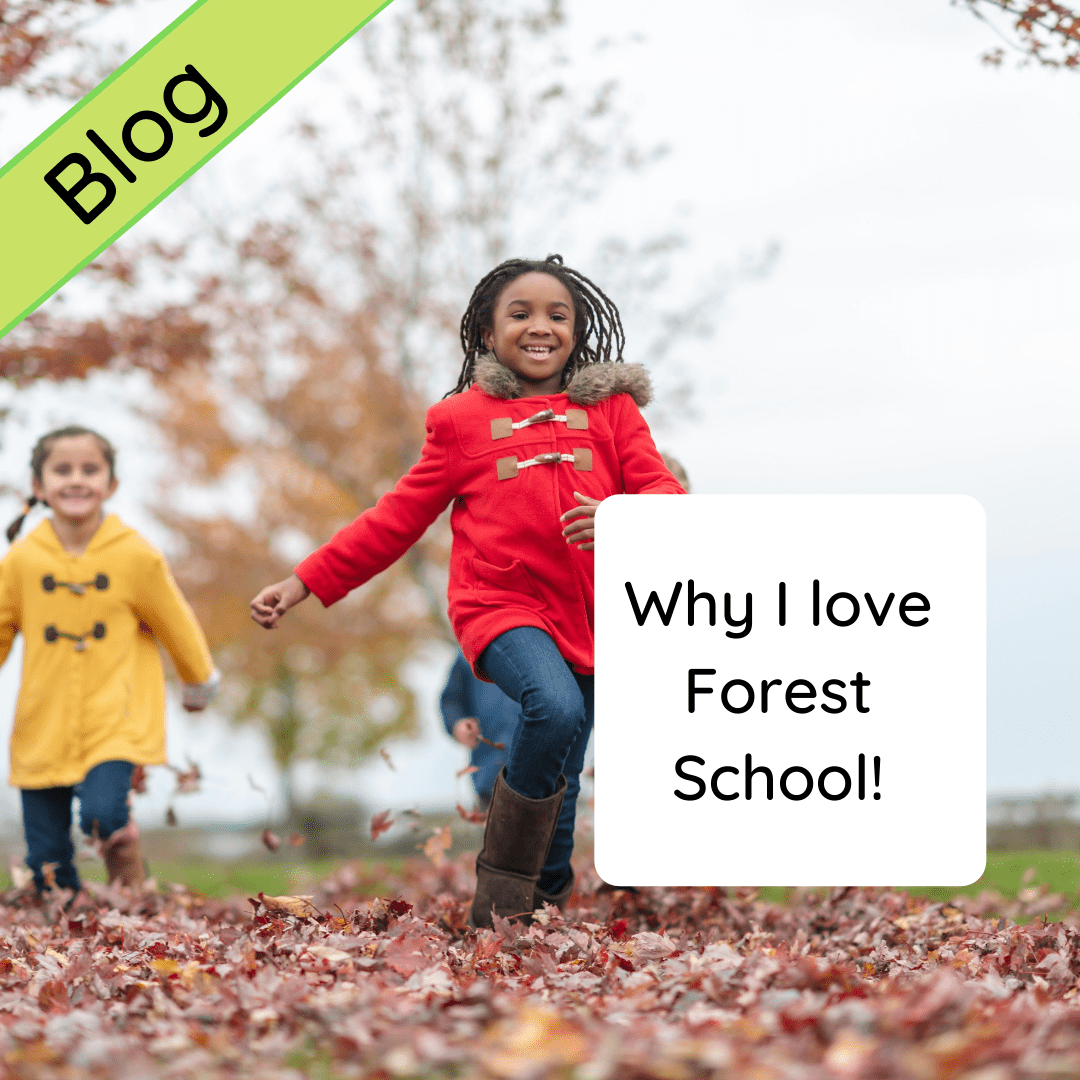It is a sunny Autumn Day; I’m witnessing thirty Year 6 pupils learning, enquiring, working as members of a team, communicating and being creative through child–led activities. They are also keeping moving and taking risks. Surely these pupils aren’t at school? Yes! They are in a Forest School session. Some pupils are focusing on maths work, others science and a few are lighting mini fires. They are engaged, safe and happy.
Four weeks ago, one child couldn’t bear getting his hands dirty. Today, he is moulding with mud in the mud kitchen. Five of the Year 6 girls had fallen out and needed some pastoral support; the outdoor lesson provided a chance to reconnect. One child was struggling at home; he built a den and used it as a place where he could write his feelings down safely. Three older Year 6 boys built a motorcycle using recyclable materials and won a Headteacher’s Award.
All the pupils shared positive comments about one another and left school chatting about their accomplishments.
I have been a Forest School Leader for eight years and I love it. I love what it stands for and how it creates opportunities that classroom teaching and learning cannot.
It promotes a child–centred and child-led process that develops confidence, self–esteem and imagination through easily completed tasks. Children learn about the world around them and experience different senses, textures and challenges. Forest School promotes a connection to the outdoors and offers risk and real–life issues to develop personalities.
Forest School differs to outdoor learning as practitioners need to be trained in tool and fire use. Risk assessments need to be written and suitable insurance sought too.
Anyway, back to the Year 6 class as mentioned above! Surely Forest School is only for Early Years? No way! Now, more than ever, we need to get the older pupils out. Forest School can link with topics or it can stand alone as a tool–use session. Maybe you run activities with the little ones, but don’t feel confident with the older ones? I find activities can be utilised by all ages – just upscale the skill. For example, creating bows and arrows – littlies can use pipe cleaners, whereas biggies can progress on to knot tying. What about whittling? Vegetable peelers for the young pupils and a knife for the older ones.
Forest School can take place anywhere as long as it is outside. I utilise many activities in my tiny garden with my eldest son. We have created a bug hotel and a cloud–watching bench using a saw, hammer and a drill. He adores it. It makes me sad that his school have decided he is now too old for Forest School… he is six. Let the children lead their learning for one afternoon a week and take some risks. I am sure he would prefer to find some habitats rather than colouring them in!
The ethos of Forest School is completely inclusive. I have observed pupils interacting and working with children they don’t spend any time with in the classroom because of ability seating arrangements. Children with Special Educational Needs thrive and excel within the outdoor environment and thoroughly enjoy the child–led aspect. You also do not need to differentiate activities like you do in the classroom – just keep progression in mind and verbally offer ideas to extend thinking.
I also utilise some fantastic literature outside. There is nowhere better to read and stimulate imagination than in a Base Camp setting, with the seasons around you and minibeasts roaming freely. My favourites are:
Window by Jeanne Bake
Jacki
Into the Forest by Anthony Browne
Not a Stick by Antoinette Portis
Wild Child by Jeanne Willis
Alone in the Woods by Ian Beck
Percy’s Friends by Nick Butterworth
Owl Babies by Martin Waddell
Julia Donaldson stories.
Most recently I’ve read ‘Ranni Goes to Forest School’ and linked it to the Key Stage 2 PSHE and Science curriculum. All the above books are available on Amazon. Take a peek at ‘Ranni Goes to Forest School’ Ranni Goes to Forest School: Amazon.co.uk: Allen, Jan, Goodway, Simon: Books
Further information on Forest School teaching and learning can be found with a Google search, but I particularly like the two organisations below.
The Royal Forestry Society have a scheme called Teaching Trees and offer a Junior Forester’s Award. I have utilised both and even purchased badges to give out at the end of the project. Have a look here Schools and Outdoor Education – Royal Forestry Society (rfs.org.uk)
The Forest School Association is a great place to gain understanding of the Forest School process. I worked hard to achieve accreditation with them, which is document and time-heavy but very worth it. Check it out Forest School Association | What is Forest School? | Forest Schools | Nature Premium
The hardest obstacle on my journey has been keeping parents happy. Make sure you send information home with reminders about clothing. Even after this, you may gain an unhappy parent when their child heads home with mud on their trousers (Year 6 boys like skidding in the winter). Try to organise a parent helper rota and engage them that way. It helps if you are a member of a supportive team.
Forest School is fantastic and I hope you decide to follow the same path as me. You will make lots of memories and make lots of children very happy. See the feedback below from a current Year 6 group:
“When I wake up, I feel sad as I don’t want to go to school. Then I remember I have Forest School and I am pleased.”
“Mrs ** makes me happy in Forest School.”
“I will always remember when I found the gold–crested newt in Forest School.”
“I loved making a shop in Forest School and using leaf money.”
“Yummy marshmallows!!!!”
“I liked making the register with wood, nails and a hammer.”
“I like being free to play.”
“I enjoy painting with mud. I paint myself and love how it feels.”
“I want more Forest School.”
“I shall miss Forest School. I love learning how to use tools and building things. My dad doesn’t believe me!”
By Muddy Teacher Jaqui


